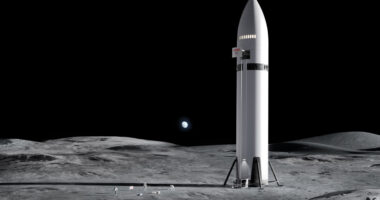Artificial intelligence has identified a massive genetic region that has maintained the distinctiveness of mammal species for millions of years.
Researchers at Texas A&M University utilised AI to discover the “X-linked recombination desert” (XLRD), a specific area spanning nearly 30 per cent of the X chromosome. This region acts as a biological shield, preserving species identity even when animals like big cats or wolves interbreed and homogenise other parts of their gene pools.
“Remarkably, the XLRD appears to be a recurrent and ancient feature in mammals, functioning almost like a genomic ‘time capsule’ that records deep evolutionary history,” said Dr Nicole Foley, a research assistant professor in the Department of Veterinary Integrative Biosciences.
Widespread genetic exchange
The team aligned X chromosomes from 22 distinct species using new AI-driven analysis, overcoming previous limitations caused by a lack of detailed genetic recombination maps. The findings reveal that this specific region has remained conserved across more than 100 million years of evolution despite widespread genetic exchange in other parts of the genome.
The study indicates the region is enriched with genes related to sex chromosome silencing and reproduction. These genetic switches may influence human infertility and conditions such as polycystic ovarian syndrome.
“For all the reasons, it looks like the XLRD is a key region associated with reproductive dysfunction in hybrids and reproductive isolation in nature,” said Dr Bill Murphy, director of the Texas A&M Center for Comparative Genomics.










